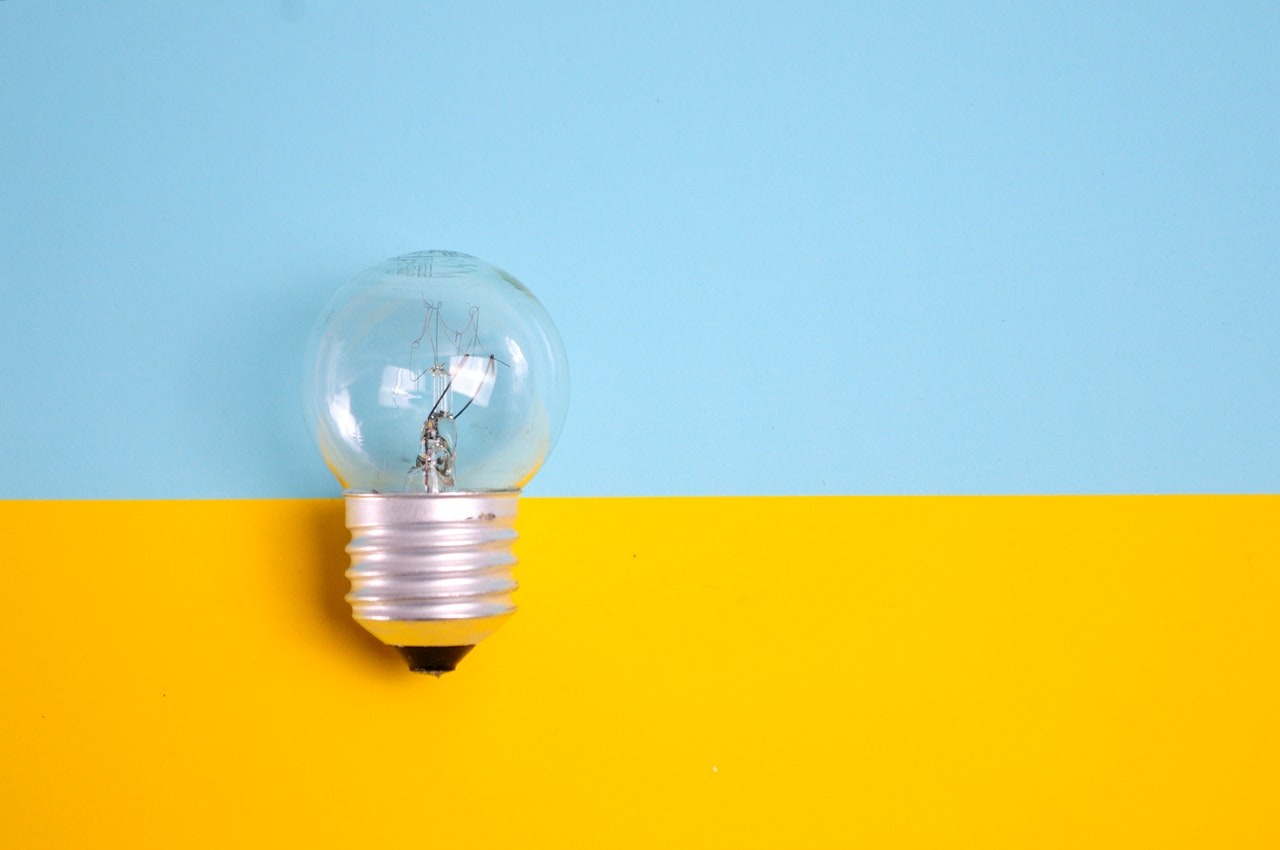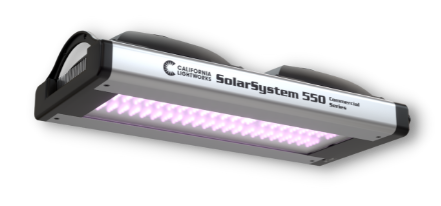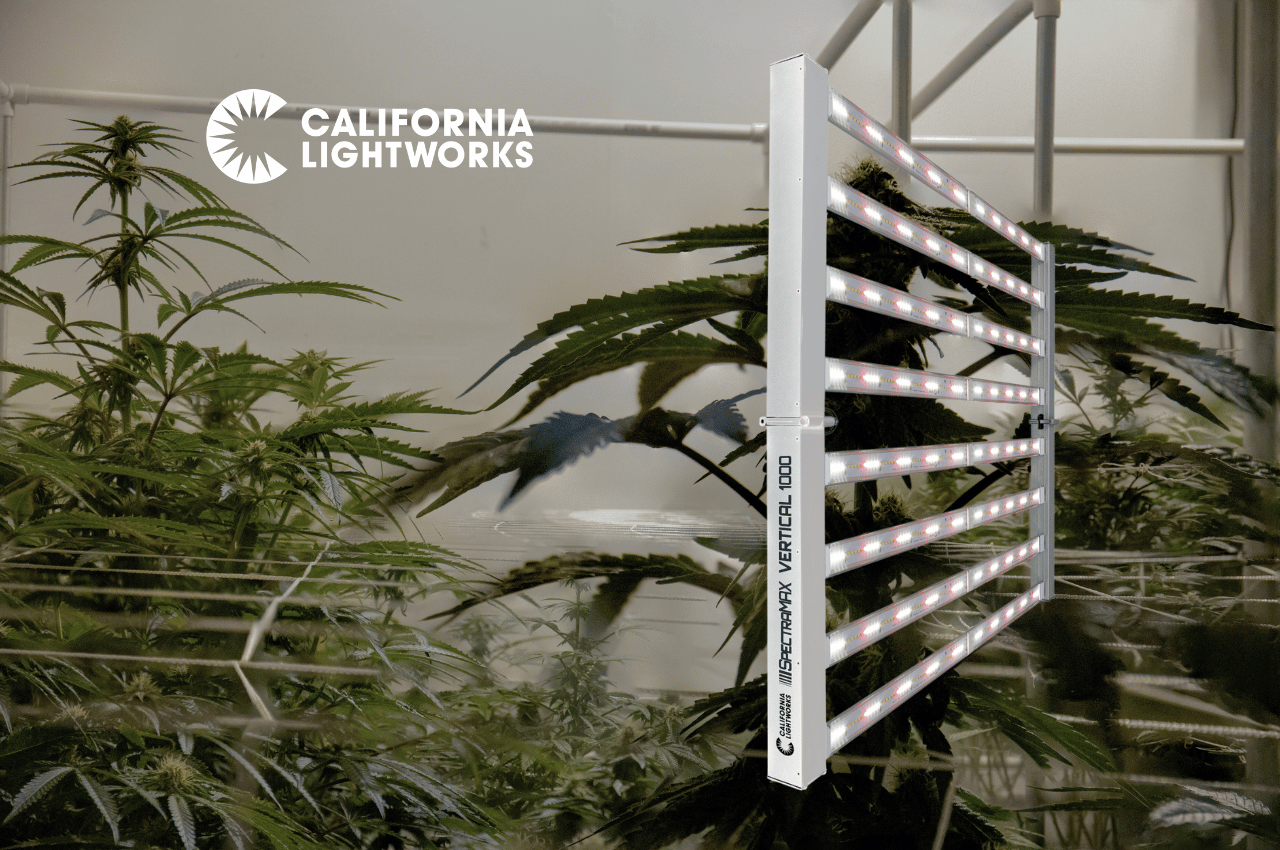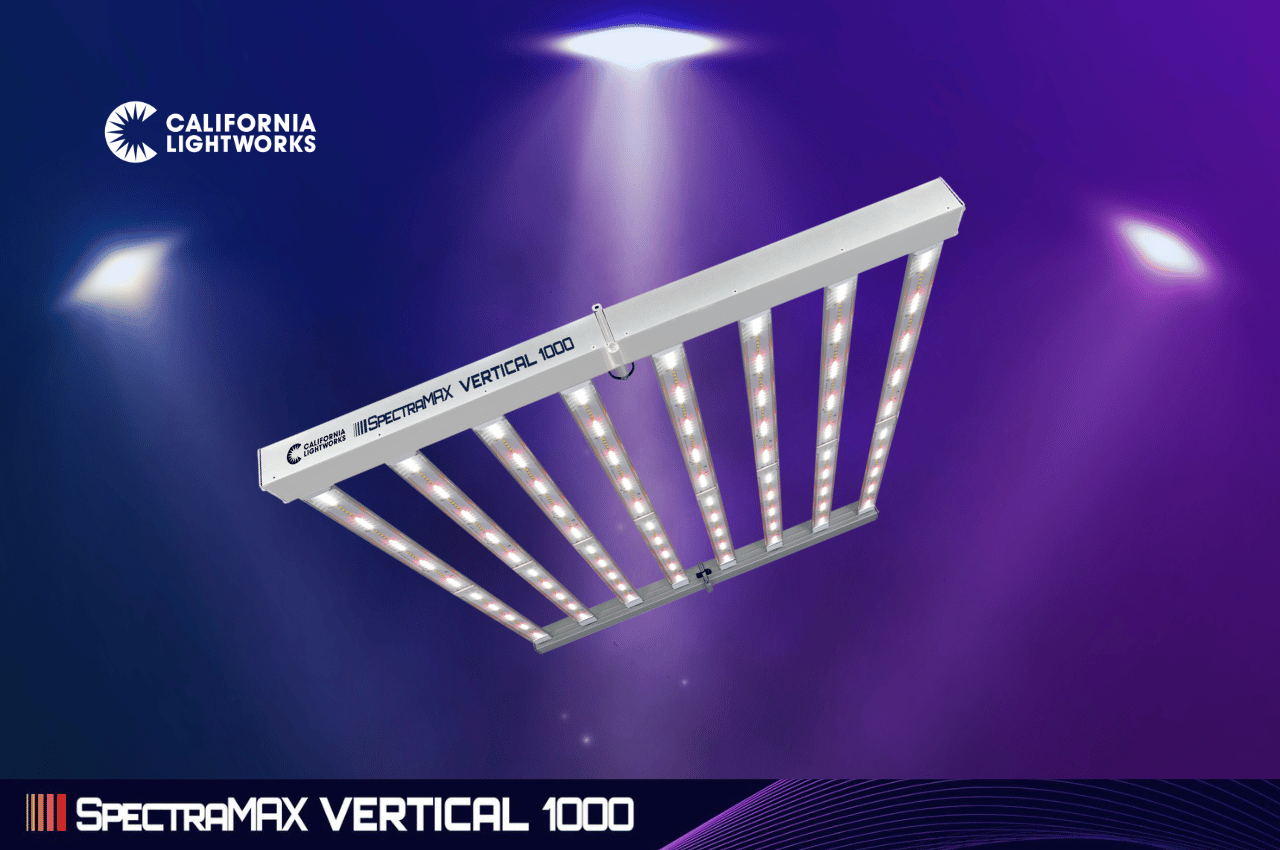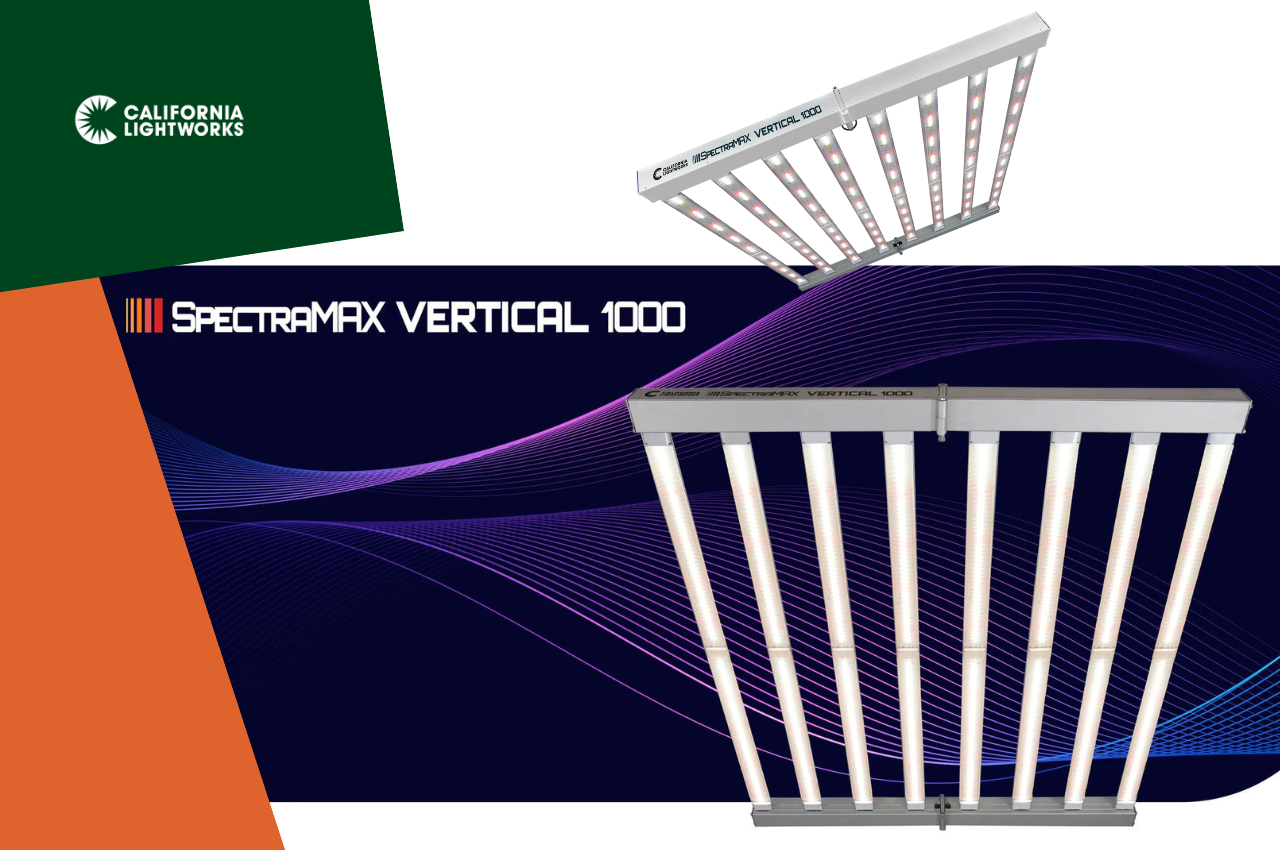For many growers, the most expensive aspect of indoor cultivation is just keeping the lights on. In order to grow high yields and a quality product, your plants need loads of photons . . . which means long hours of high-intensity light.
If you’ve been looking for ways to reduce this sizeable expense, you’ve probably heard about the high efficiency of LED grow lights. And as this new technology continues to advance and improve, the potential energy savings from switching to LEDs gets larger and larger.
But what accounts for that difference? How can LED grow lights help you save on energy consumption?
We have the answers for you right here. But just a quick disclaimer before we dive in: This examination of the energy-saving benefits of LED grow lights is based on high-quality products. It is important to research the manufacturer of your grow lights to ensure you’re getting the best LED technology has to offer. Some LED manufacturers use cheap materials and shoddy methods to produce their grow lights. Be wary of these operations.
LEDs Consume Less Energy Overall
The first and simplest truth about saving energy with LEDs is that LED grow lights just use less energy than traditional HIDs. While the actual stats vary depending on the model and manufacturer, you can generally assume that the LED-to-HID wattage ratio is about 1:2.
As an example, the SolarSystem 1100 by California Lightworks is the company’s most powerful LED grow light. It consumes 0-800 watts (as compared to the equivalent 1000-watt HPS system it is designed to replace) and it features a high efficiency of 2.23 umol/j.
LED Grow Lights Use Energy More Efficiently Than HIDs
LED lights don’t only consume less energy than HID grow lights; they are also designed to preserve that energy more carefully and use it more efficiently. Here is what we mean by that:
No Ballasts
Traditional grow lights require the use of a ballast to convert electricity pulled from a traditional light socket into usable energy for HID bulbs. This conversion alone means energy is already wasted just to turn the lights on in the first place.
LED grow lights, on the other hand, are designed to plug directly into a traditional electricity source without the need for ballasts and—therefore—without the energy waste.
Direct Beam of Light
LED grow lights are constructed to shine straight down onto the canopy. This means all the energy your lights consume is directed at your plants.
How is this different from traditional grow lights?
Well, the construction of HPS and MH bulbs forces light out in all directions. If you want to redirect those beams onto your plants, you have to invest in hoods or reflectors, and even then you wind up with what we call “trapped light”—light that is trapped behind the bulb and never makes it to those photon-hungry leaves.
More Efficient Light Spectrum
The inferior light recipe of an HID lighting system gets far less attention in the discussion about energy efficiency, perhaps because HID lights do have a strong record for cultivating healthy crops. And if the crops look good, plants are clearly getting the right light spectrum, right?
Well, yes, but it’s complicated.
You see, some growers are inclined to trust HPS lights over LED lights because the bulbs themselves appear much brighter. The assumption, then, is that HPS lighting offers greater intensity to ensure high yields during flowering. This could not be farther from the truth.
The truth is that HPS bulbs appear brighter because they have a higher percentage of green and yellow light—the wavelengths that are most easily perceived by the human eye. The problem is that plants use very little green and yellow light for photosynthesis and other biological functions.
LED grow lights are different in that they are either spectrum variable—meaning the grower has the option to adjust intensity levels for each color of the spectrum—or they are specifically engineered to radiate a more usable spectrum. In other words, while LED lights may contain a bit of the yellow and green light spectrum, they don’t waste valuable energy blasting your plants with more yellow and green than they’ll actually use.
LED Grow Lights Help You Save on Ventilation and Cooling Costs
Speaking of unusable energy, HID grow lights have a pesky habit of turning a significant portion of their consumed energy into heat radiation, also known as infrared radiation . . . also known as photons your plants will not use for photosynthesis. (However, they can use far red light.
Not only does heat radiation represent wasted energy, but it also warms up a room really fast and can burn the leaves of your plant if your lights aren’t hung high enough. In order to keep your plants from overheating, you then have to maintain a carefully designed system of ventilation and cooling. And you know what that means . . . an even higher power bill.
LEDs do not emit heat radiation at all. That doesn’t mean they’re completely cool to the touch. But their operating temperatures are much lower than the traditional HID system, and you need very little supplemental cooling to keep your plants happy when you choose LED grow lights. In fact, you may not have to mess with your room temperature at all.
In Short . . .
If you’re looking to reduce energy costs for your grow operation—or if you’re concerned about limiting energy consumption for the sake of the environment—switching to LED lighting is a great option. Plus, if you choose high-quality LEDs like our lights made with premium Osram LEDs, your high-efficiency lighting system will last you up to 15 fifteen years with very little decrease in light quality. (As a reference, that’s around 400% the lifespan of the average HID bulb.)
We recommend checking out our SolarXtreme series for personal grows or our SolarSystem series for larger or commercial operations. As always, please let us know if we can answer any questions or help you find the right lighting solution for your indoor setup.


